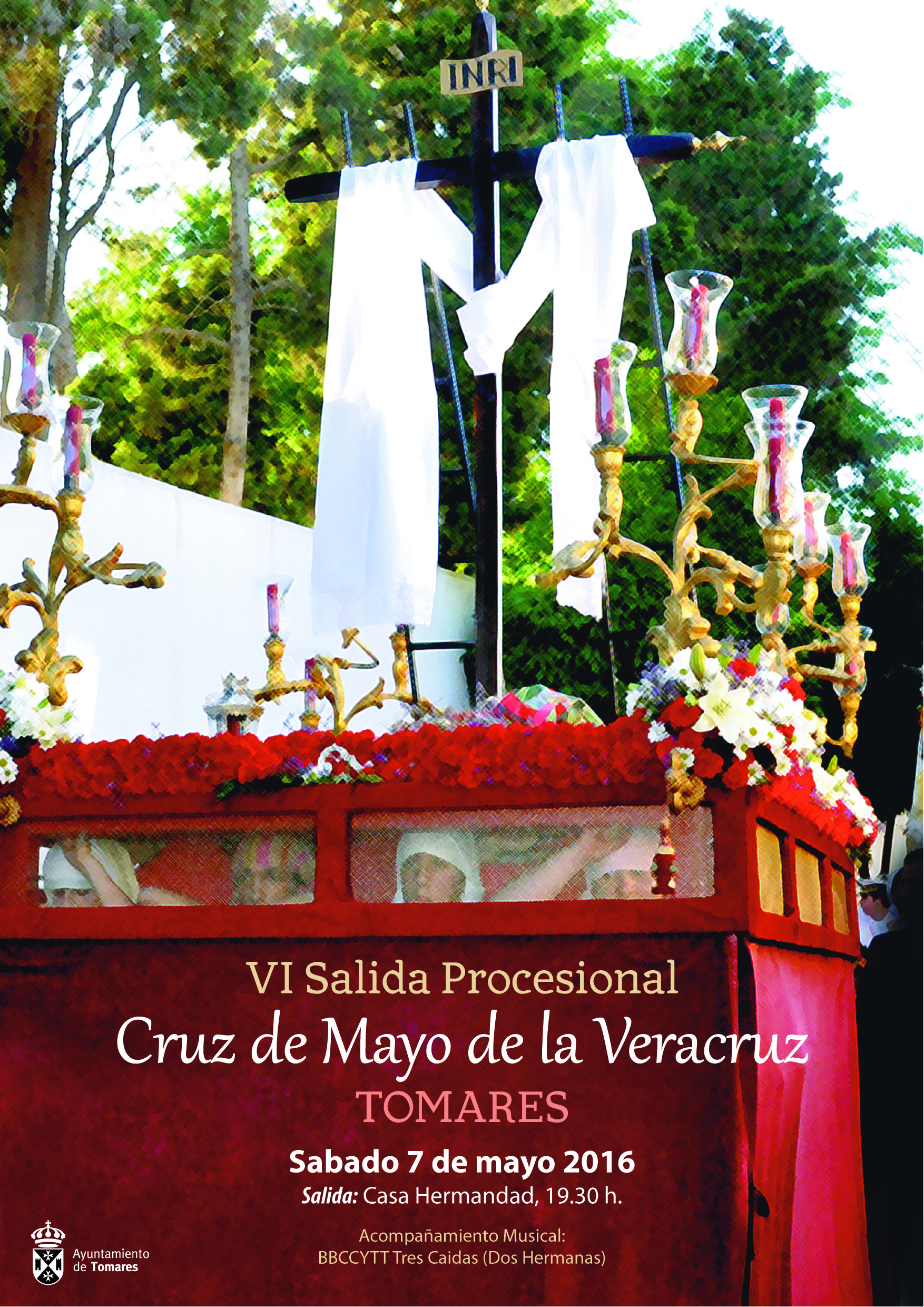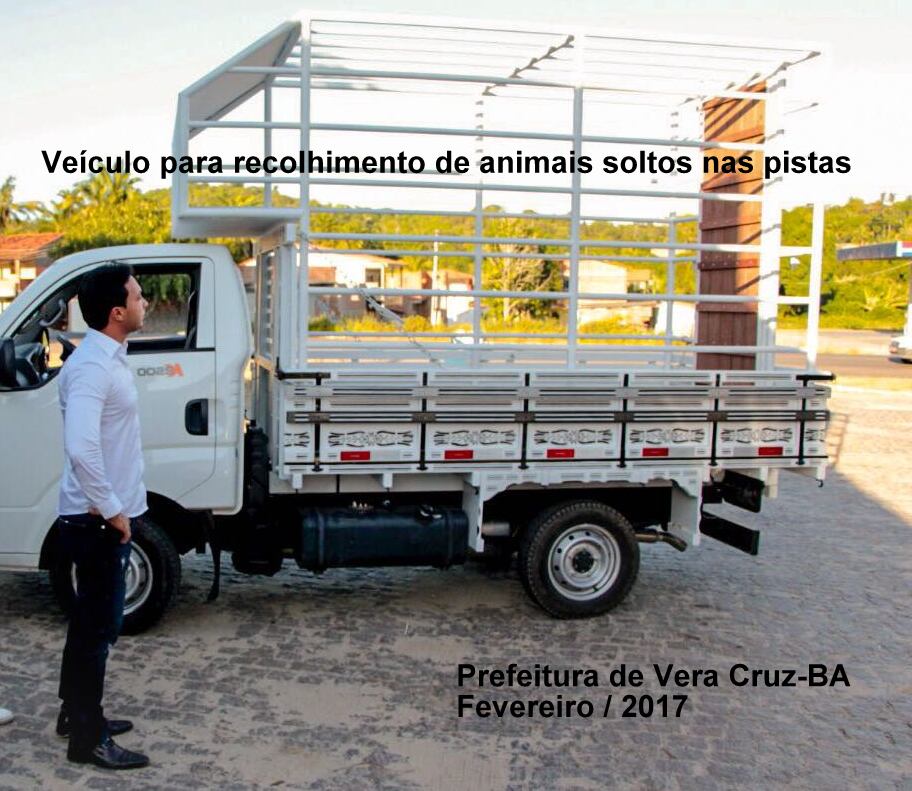

Their capital, Cempoala, had a population of about 25,000 and was located five miles inland from the present-day city of Veracruz.ĭuring the 11th century, Aztecs invaded the area and, by the 1400s, had dominated Veracruz. Occupying some 50 towns with an overall population of a quarter million people, the Totonacs spoke four dialects. This area stretched throughout central Veracruz and encompassed the Zacatlán district of the present-day state of Puebla. The Totonacas occupied an area known as Totonacapan. The present-day Huastec population, which maintains aspects of their traditional culture and language, now numbers about 80,000 in the areas around Veracruz and San Luis Potosí. The Huastecos also remained isolated from later civilizations of the central plateau, such as the Aztec. The indigenous Huastec people from the Pánuco River basin in east Mexico spoke a Mayan dialect but were physically separated from the rest of the Mayans consequently, their culture did not develop along similar lines. It was Good Friday, which the Spanish also referred to as the day of the Vera Cruz or True Cross. At their peak, these three settlements were probably the most complex ceremonial sites found in Mesoamerica however, by 400 B.C., the distinctive features of Olmec culture disappeared and the region was replaced by the emerging central Mexican and Mayan civilizations.ĭid you know? The Mexican state of Veracruz was named by the Spanish explorer Hernán Cortés, who landed at the beach of Chalchihuecan on April 22, 1519. Several important Olmec sites are situated along rivers on the coastal plain in Veracruz.

The Huastecos and Otomíes occupied the north, the Totonacas resided in the north-center, and the Olmecs, one of the oldest cultures in all the Americas, dominated the south between 1300 and 400 B.C.

During the pre-Hispanic period, the region that now constitutes modern-day Veracruz was inhabited by four indigenous cultures.


 0 kommentar(er)
0 kommentar(er)
